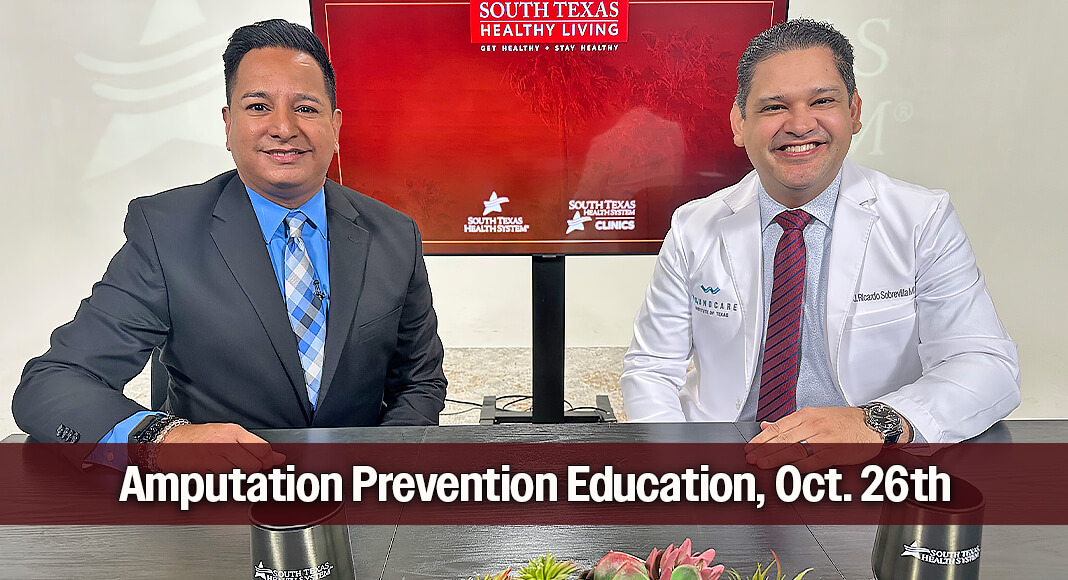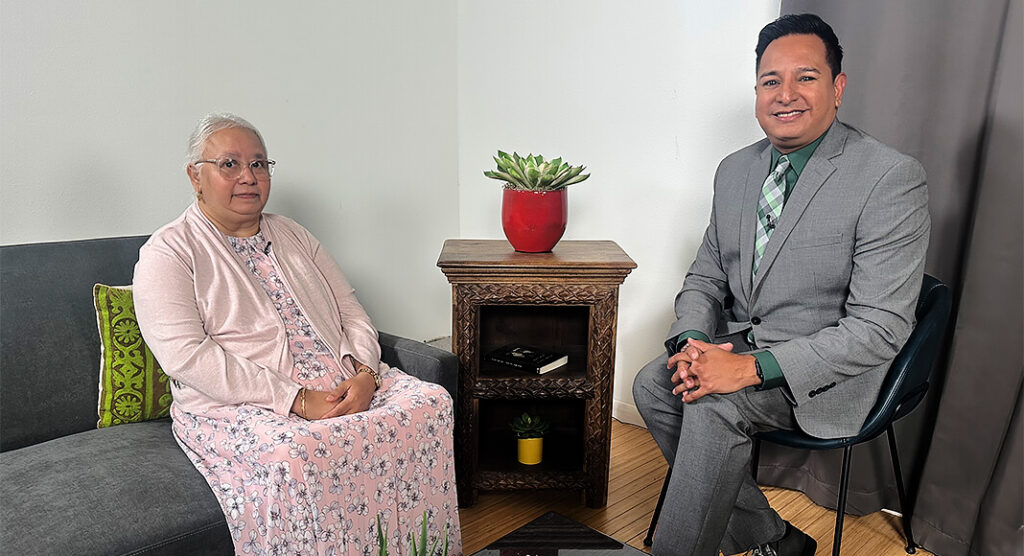
Mega Doctor News
Despite medical advancements like regenerative wound care, minimally invasive surgical techniques and advanced diagnostics, amputations are on the rise in the United States, with the increasing prevalence of diabetes and vascular diseases throughout the nation a driving factor.
“Rising rates of obesity, an aging population and lifestyle changes like decreased physical activity have resulted in the growing incidence of diabetes in the U.S., with a significant rise in cases of the limb-threatening condition among adult and children, particularly for type 2 diabetes,” says J. Ricado Sobrevilla, MD, CWSP, a family medicine physician and wound care specialist who served as the medical director of the South Texas Health System Wound Healing Center. “Diabetes accounts for 80% of non-traumatic lower limb amputations.”
Currently, more than 2.3 million Americans live with limb loss, according to the Amputee Coalition, with 500,000 new amputations performed annually.

Startlingly, experts project the number of people in the U.S. living with limb loss will double by 2050 and double again by 2060.
Loss of a limb significantly impacts quality of life due to physical and functional limitations, psychological distress and social challenges.
“Beyond impacting a patient’s ability to perform daily activities like walking, climbing stairs and using public transportation, limb loss is linked to higher rates of depression, anxiety and adjustment problems, as well as reduced life expectancy,” says Dr. Sobrevilla. “But that’s not all… Amputation can significantly reduce life expectancy, especially in older adults and those with pre-existing conditions like diabetes and peripheral artery disease. Factors like the patient’s age, overall health status, level of amputation and ability to walk after surgery are strong predictors of mortality.”
The good news: Through a combination of early detection, lifestyle modifications, proper foot care and medical interventions, it’s possible to avoid limb loss.
To help educate Rio Grande Valley residents on the impact of limb loss and the importance of treating conditions that can lead to it, South Texas Health System will dedicate the latest episode of its monthly “South Texas Healthy Living” television program to amputation prevention.
Broadcast live on Sunday, October 26, 2025, at 9:00 a.m. on KVEO-TV NBC 23, the program will feature a sit-down interview with Dr. Sobrevilla on the common causes of amputation, the early warning signs of limb loss and complications associated it, as well as the treatment options available to help prevent amputation.
Additionally, STHS System Director of Marketing & Public Relations and “South Texas Healthy Living” host Tom Castañeda sits down with a 64-year-old Edinburg resident, a retired college professor and diabetic, who has been living with the threat of limb loss for nearly five years to learn how she’s managed to prevent amputation and get her advice for others on protecting their limbs.
The program will also feature a special cooking segment led by Patrick Woodin, South Texas Health System McAllen’s director of dietary & nutrition services, a demonstration of beneficial cardiovascular exercises to improve blood flow and circulation with a member of the STHS Edinburg Outpatient Rehabilitation Center team and important strategies for preventing amputation.
“In the Rio Grande Valley, where diabetes and peripheral artery disease are widespread, it’s important to educate the community on amputation prevention to empower individuals to take proactive steps to manage their health and reduce the risk of preventable amputations,” says Castañeda. “It comes down to a combination of healthy lifestyle choices, diligent daily foot care, regular medical check-ups and prompt treatment of injuries or infections to prevent complications like ulcers, poor blood flow or severe infection from progressing to the point where amputation is necessary. So, in this latest episode of ‘South Texas Healthy Living,’ we’ll provide essential education and important strategies, including diet and exercise tips, to help reduce the risk amputation. It’s all about helping our communityget healthy and stay healthy!”
To better understand amputation prevention, don’t miss the latest episode of “South Texas Healthy Living” on Sunday, October 26 at 9:00 a.m. on KVEO-TV NBC 23.
To watch previous episodes of “South Texas Healthy Living” and the system’s South Texas Health Updates, one minute videos offering education on various health issues, visit South Texas Health System’s Medical Minute page on ValleyCentral.com.












